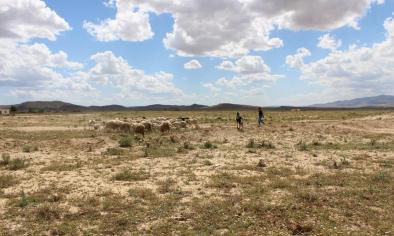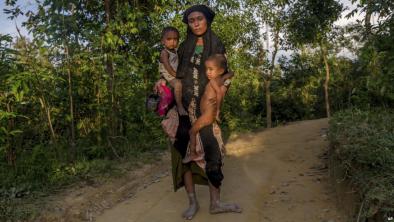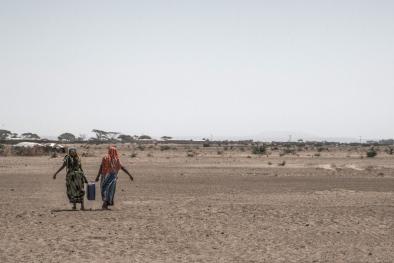Climate Change Makes Goat Meat Tough

Waruingi says his most loyal customers are Kenyans who live abroad, desperate for an authentic meal while they’re home. They’ve helped him turn this place from a one-room locals-only joint to a sprawling nyama choma empire. But now he worries that some of them won’t be coming back: “Three weeks ago customers began to complain that the goats are too tough.” He blames climate change.
Rainfall was below-average across much of Kenya this year, as it has been for the last few years. The drought was so bad in the region around Olepolos that Waruingi’s well ran dry for the first time, and he has had to begin trucking water in; the weekend I visited he spent more than $240 on it. When water is scarce, goats have to walk long distances to find it, and well-traveled goats make for unappetizing meat. This has never been a problem for him before.
“Climate change directly impacts my pocket,” he says. “It’s very real out here.”
That may be true, but you wouldn’t know it from this unsophisticated mazungu diner. An hour and a beer or three after I ordered, the leg I purchased reappeared on a wooden cutting board, resplendent, golden, and crispy. A waiter chopped it into bite-sized pieces at the table, while we walked over to a water spigot to wash our hands (there are no forks or knives). The meat can be devoured solo or with an accompanying handful of ugali or veg; the brave-paletted can request diced fiery chile peppers to sprinkle on top. I liked to make little tacos with the chapati, although I can’t vouch for the authenticity of this approach.
Nyama choma is rich, with a hint of game. Each piece is started directly on the grill and transferred into aluminum foil once browned to finish cooking. As a result, the color and texture is basically uniform throughout, rather than a gradient from pink inside to char outside the way a steak might be. Each bite begins with a slight crisp, followed by just enough chewiness to require a bit of conscientious effort.
The meal was delicious, and I saved just enough room for one more Tusker to settle the stomach and raise a toast with Waruingi to the victory of grilled meat over climate change.
“It’s amazing that some educated people don’t believe in it,” he said, with a conspiratorial wink. “Tell the people out here that, and they’ll tell you you’re crazy.”
Related Content






